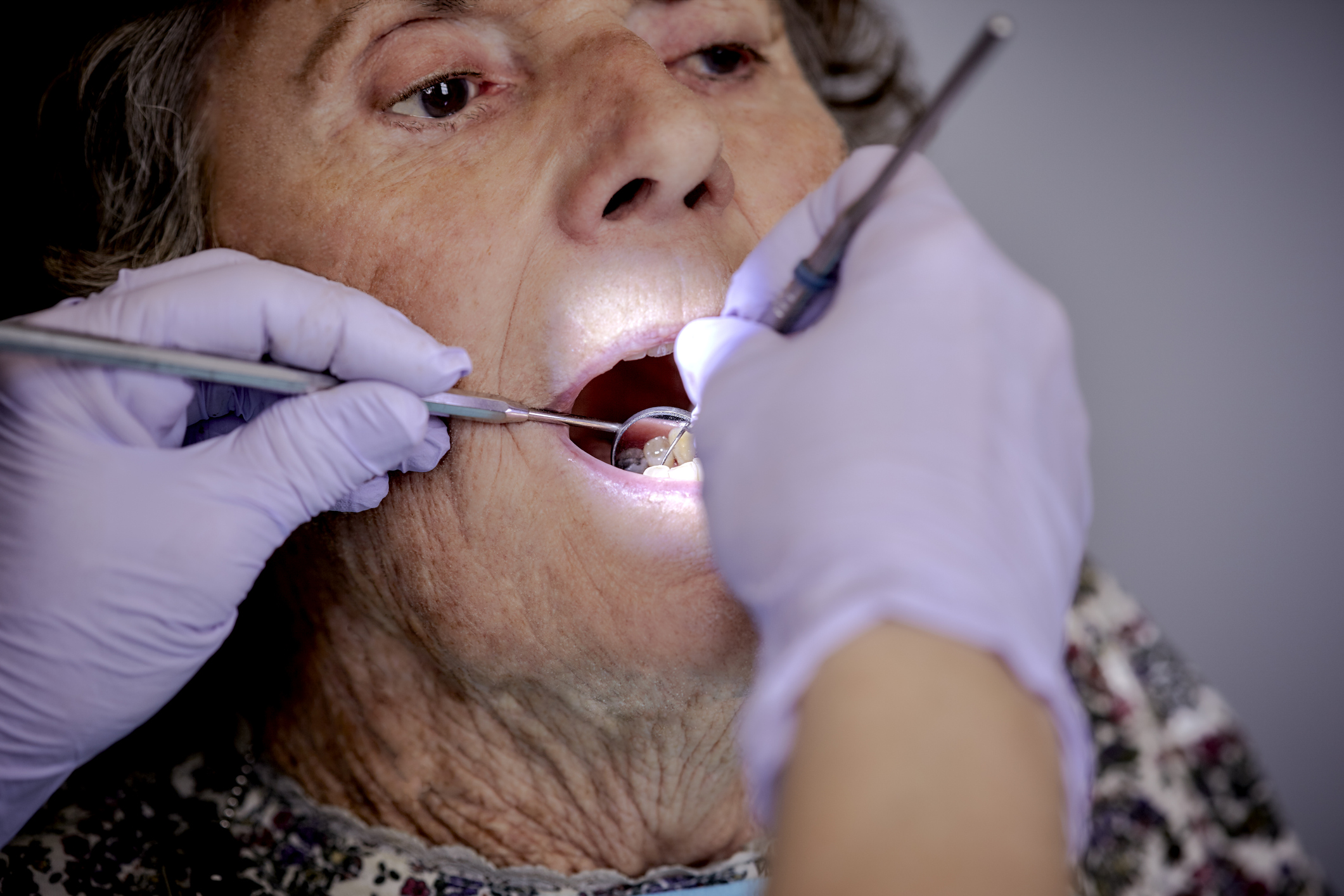Oral Health Program
Oral Health Spotlight

Description
One might not make the connection with oral health and stroke; however, the health of your mouth is linked to your overall health and wellbeing. Did you know that bacteria in the mouth that causes swollen gums, is the same bacteria that has been linked to diabetes, heart disease and stroke? A bacterial infection in the mouth can get into the bloodstream, causing inflammation, making blood more likely to clot, and increasing the risk for stroke. A stroke occurs when a blood vessel in the brain bursts, or a blood clot stops oxygen from getting to the brain. So, what's the connection between gum disease and stroke--inflammation. Inflammation of the gums, also known as gingivitis, is preventable. By practicing the following habits, you can stop gum disease and help lower your risk for stroke and other chronic conditions:
- Brush your teeth, twice a day, every day for two minutes
- Floss daily
- See your dentist twice a year
- Share any dental concerns, like bleeding gums with your dentist
For people who have experienced a stroke, it's important that they maintain a good oral care routine to protect their health. They could work with their dentist and doctor to develop oral health habits that will prevent oral disease and promote overall health and wellbeing.
Learn more about Stroke Types and Symptoms.
To help keep your mouth healthy log on to: Mouth Healthy Website
April is also Oral Cancer Awareness Month!

Description
Did you know that every year a person dies each hour in a day from oral or oropharyngeal (mouth/throat) cancer in the United States? There are several factors that may increase one's risks for oral and oropharyngeal cancer, like heavy drinking and smoking, engaging in unprotected oral sex, and being over 50 years of age. However, oral cancers are appearing in the mouths and throats of those younger than 50 years of age, who are non-smokers and non-drinkers, due to the Human Papilloma Virus (HPV); the virus that is connected to oral and cervical cancer. Oral cancer is preventable, and if detected early, treatable. The HPV vaccine is one example on how to prevent oral and oropharyngeal cancer; and is recommended by health practitioners for youth between 9-12 years old to get the vaccine. Listed below are other steps a person can take to protect themselves from oral and oropharyngeal cancer.
Know the signs and symptoms of oral and oropharyngeal cancers:
- Sore that doesn't heal within 2-weeks.
- Red, white, or black discoloration of soft tissues of the mouth.
- Unexplained weight loss.
- A lump or hard spot in the tissue of the mouth or throat.
- Hoarseness or sore throat that doesn't go away.
- To help prevent oral and oropharyngeal cancers, quite smoking and/or using tobacco products and engaging in activities that may put you at risk of the HPV infection and going to see a dentist regularly.
Learn more about Oral Cancers and HPV.
For more information on how to check your mouth for oral cancer, visit Check Your Mouth at Self Discovery Exam and Self Discovery Video. If you need help to find a dentist, dial 2-1-1, or call Smile California at 1-800-322-6384.